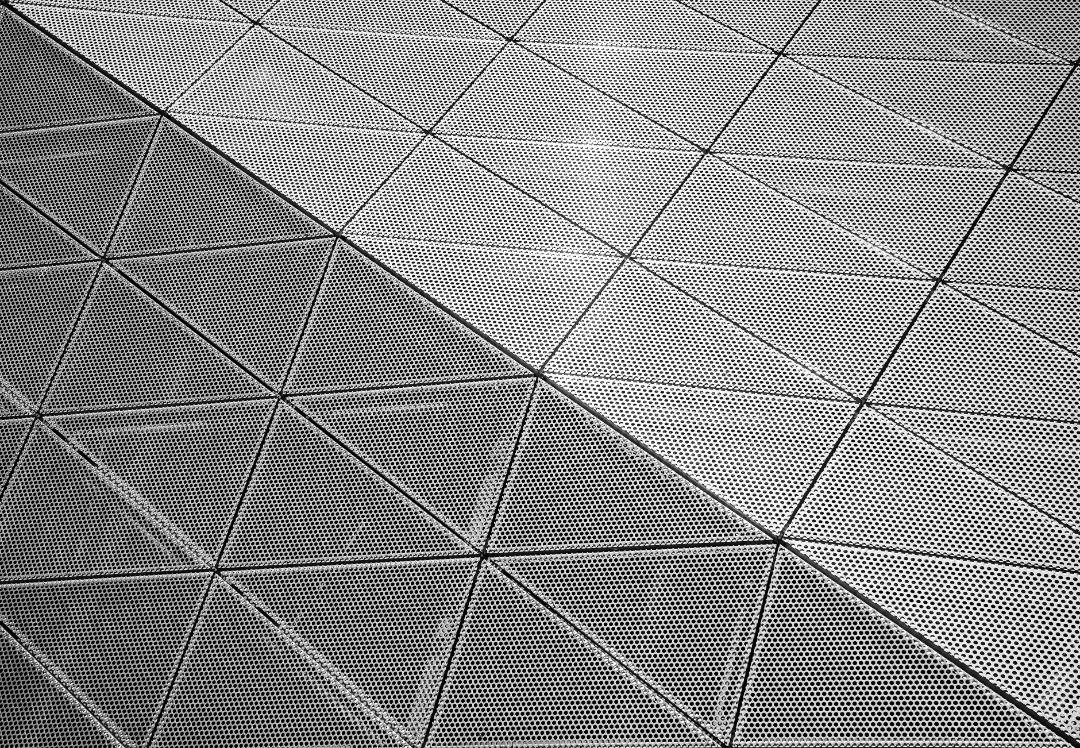Perforated Metal Facades
Aesthetics, Functionality, and Versatility in Perfection
Perforated metal facades are an outstanding example of how modern design and technical functionality can harmoniously combine. This type of facade is particularly popular in contemporary architecture as it provides buildings with a unique, distinctive appearance while also meeting essential structural requirements. Whether used in industrial architecture, residential buildings, or public constructions, perforated metal facades offer a wide range of design options and practical benefits.

What are Perforated Metal Facades?
Perforated metal facades consist of metal sheets with precisely cut patterns of holes. These holes can be designed in various sizes, shapes and arrangements, allowing for numerous creative designs. Common materials for perforated facades include aluminum, steel, stainless steel, and sometimes copper or zinc. These metals are known for their high corrosion resistance, durability, and low maintenance, making them ideal for outdoor use.
The perforated sheets are usually attached to a substructure, which is either mounted directly onto the building facade or onto a supporting framework. This substructure can also provide thermal separation and space for insulation, contributing to the building's energy efficiency.
Application of Perforated Metal Facades
Perforated metal facades are used in a wide range of construction projects. Their versatility and adaptability make them a popular choice in various architectural sectors.
Commercial and Office Buildings
Perforated facades give office buildings a modern and dynamic appearance. They can help reinforce the company's image through a customized facade design that is both functional and aesthetically pleasing.
Residential Buildings
In residential construction, perforated facades are often used to design balconies, terraces, or entire building facades. They not only offer protection from prying eyes but also provide a stylish way to personalize the exterior of a home.
Public Buildings
Schools, hospitals, museums, and other public facilities use perforated facades to create welcoming and functional architecture. These facades can be designed to optimize light use while reducing the building's energy consumption.
Industrial Buildings
In industrial architecture, perforated facades provide a robust and durable solution that functions even under extreme conditions. They enable efficient ventilation and help reduce operational costs.
Conclusion
Perforated metal facades are a versatile and innovative solution that plays a prominent role in modern architecture. They offer a perfect combination of design freedom, functionality, and sustainability, making them an ideal choice for various construction projects. Whether in commercial architecture, residential buildings, or public facilities, perforated facades make bold statements and significantly enhance a building's aesthetics and efficiency. With their numerous benefits and design possibilities, they represent an investment in the future that excites both developers and architects alike.
